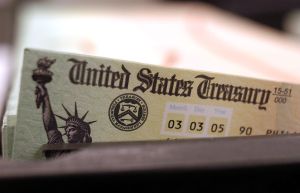A new study has found that implementing higher taxes on sugary drinks would lead customers to find a replacement with other untaxed foods and beverages, which in turn would result in increased calorie intake.
Obesity has become a major concern around the world, especially in the United States. More than 13 million children and young American adults are obese. Recently, the American Medical Association declared obesity a disease. With the rising obesity rates, several studies have been conducted to find effective ways to curb this disorder, increasing taxes on sugary drinks being one of them. Highly taxed drinks may deter people from buying these drinks but they will substitute it with an untaxed one, according to a new study from RTI International, Duke University, and the U.S. Department of Agriculture.
"Instituting a sugary beverage tax may be an appealing public policy option to curb obesity, but it's not as easy to use taxes to curb obesity as it is with smoking," Chen Zhen, Ph.D., a research economist at RTI, and the paper's lead author, said in a press release. "Consumers can simply substitute an untaxed high calorie food for a taxed one. And as we know, reducing calories is just one of many ways to promoting healthy eating and reducing nutrition-related chronic disease."
For the study, researchers used data from the 2006 Nielsen Homescan panel, which tracks consumer purchases of household food products. Consumers scan the Universal Product Code to record the quantity of the products purchased from the retailers.
The study also looked at the purchase pattern based on the consumers' financial status. Researchers found that low-income families spent more on high calorie food and beverages compared to high-income families.
Researchers concluded that increasing taxes on sugary beverages is not an effective way to curb obesity as customers are bound to look for other options that are high on calories
The study, funded by the Robert Wood Johnson Foundation and the National Institutes of Health, is published online in the American Journal of Agricultural Economics.
© 2025 HNGN, All rights reserved. Do not reproduce without permission.








